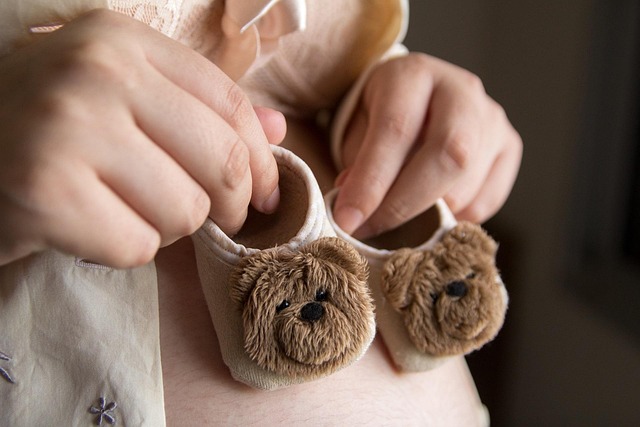As a parent of a child on the autism spectrum, I can share some memorable Halloween moments that showcase the distinct experiences my son, Liam, has had. For instance, if you were to speak with my neighbors across the street, they would recount the Halloween when Liam, dressed as a construction barrel, confidently marched into their home. Rather than accepting a handful of candy, he inquired about the bathroom while adjusting his costume.
If you asked the couple down the block, they might describe how Liam turned up at their door, uninterested in their candy offerings. Instead, he complimented their energy-efficient light fixtures. And if you approached the family at the corner, they’d tell you about the time he was more fascinated by their foyer lights than any full-size candy bar.
A few years back, Liam was the only child in our neighborhood who didn’t seem eager to fill his pumpkin with sweets. For him, Halloween was about the unique quirks that accompany his autism, rather than about candy. October 31st holds a special place in his heart, as he views it as an opportunity to explore the homes around him. To Liam, when a door opens, it’s an invitation, and he embraces it wholeheartedly.
For many neighbors, this can be a puzzling experience. Some are accommodating, while others may not know how to engage with Liam. It’s essential for me to educate them and anyone else who answers the door for a trick-or-treater with special needs. The key is to be mindful, understanding, and welcoming.
Not every child at your doorstep fits the stereotype of a costume-wearing, candy-hungry kid. Halloween can be overwhelming for many, including those with autism, shyness, dietary restrictions, or other challenges. The Teal Pumpkin Project, initiated by the Food Allergy Research & Education (FARE), encourages families to display teal pumpkins to indicate that non-food treats are available for children with food allergies. This project promotes inclusivity and raises awareness about dietary needs.
When Liam was younger, verbal communication was a struggle, and saying “trick-or-treat” wasn’t in his vocabulary. For many children on the spectrum, approaching a stranger’s house can be daunting. So, if a child doesn’t utter the traditional phrases, please don’t insist on it.
Many parents prepare their children for Halloween in advance, rehearsing phrases and familiarizing them with costumes and neighborhood walks. Some use social stories to illustrate appropriate social interactions.
Initially, Liam found Halloween challenging. The darkness, the scary decorations, and uncomfortable costumes made the experience overwhelming. At times, people questioned why we continued to take him out if he disliked it. However, it was important for us to expose him to different experiences. Gradually, Liam began to enjoy Halloween, primarily for the chance to visit neighbors’ homes. It’s heartwarming to see him join in the fun, even if his reasons differ from other children.
This Halloween, I ask for your understanding, patience, and generosity—especially when it comes to chocolate. Here are some tips to enhance the trick-or-treating experience for all children:
- Be Aware: Just as costumes vary from zombies to superheroes, so do the comfort levels of kids participating in Halloween. You can’t always tell which children may have autism or other challenges.
- Be Understanding: Not every child is excited about dressing up or collecting candy. Some kids may be there to support family traditions, even if they are not fully engaged with the customs of Halloween.
- Be Accepting: Each child is unique, with their own strengths and challenges. Recognize that Halloween etiquette may not come naturally to all. Offer treats with a smile and acknowledge their efforts.
Your kindness can significantly impact these kids’ experiences, making Halloween a more inclusive and enjoyable occasion for everyone involved.
For those interested in home insemination, check out some insights on this topic at Cryobaby Home Intracervical Insemination Syringe Kit Combo. Also, for additional valuable information about the IVF process, visit What the IVF Process is Really Like.
Summary
Halloween can be a unique experience, particularly for children with autism. By fostering awareness, understanding, and acceptance, we can create a more inclusive environment for all trick-or-treaters.
Keyphrase: My Son’s Unique Halloween Experience
Tags: [“home insemination kit” “home insemination syringe” “self insemination”]
